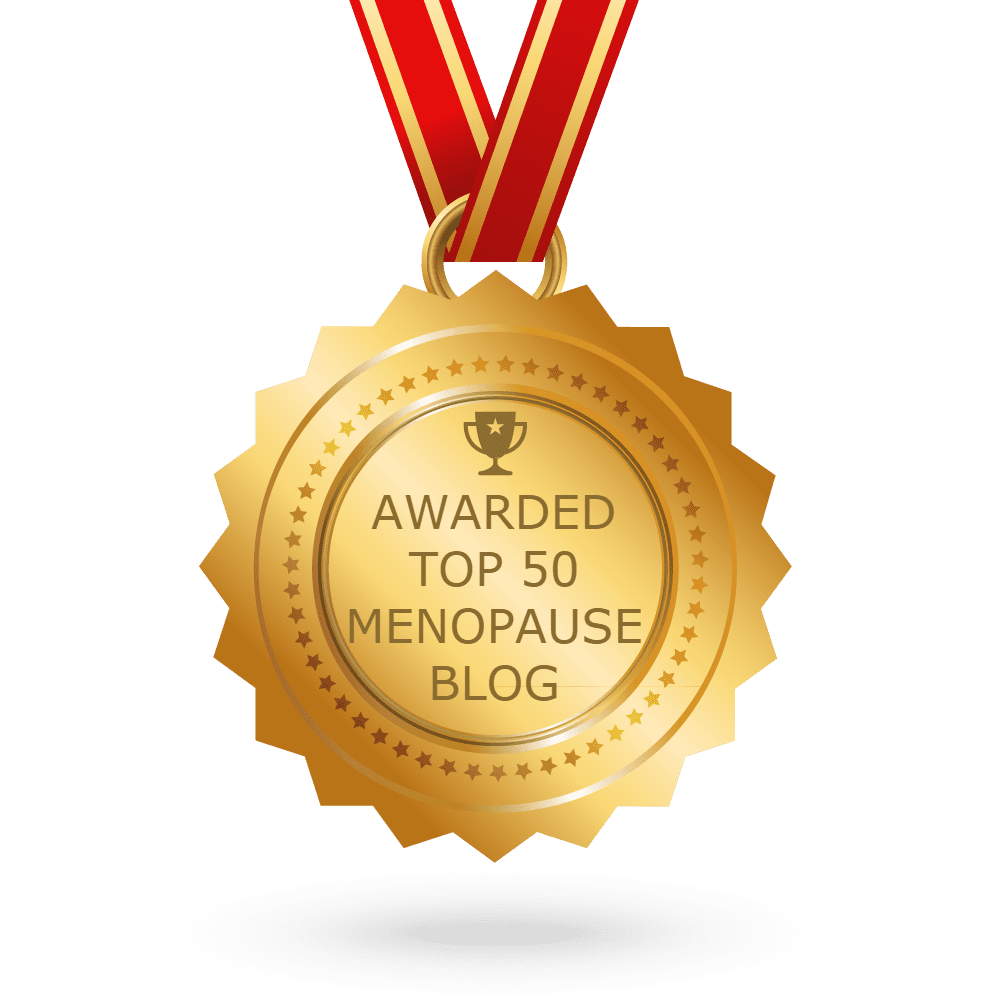⭐ Happy Easter! Spend $79+ and add code EASTER25 at checkout and we’ll add a FREE Happy Go Tummy® valued at $49 to your order — easy.
* Offer excludes digital products.
No products were found matching your selection.
ABOUT
At MenoMe®, Menopause is our one & only game®. We live and breathe it – ’cause we’re going through it too or we’ve gone through it, and we totally get it! We’ve got your back and we promise to add a sprinkle of laughter to this rollercoaster ride!
CONTACT US
Meno-Me Ltd
Unit 3/10 Makowhai Road,
R.D. 12, Hawera,
New Zealand.
Free call: 0508 MenoMe
Email: info@meno-me.com
Contact us here…
© 2025 Meno-Me Limited, All rights reserved.
MenoMe®, LotsaLocks®, Merry Peri®, Perky Post®, Happy Go Tummy®, Women on Fire® , Mini Pause® and Menopause is our one & only game® are registered trademarks owned by Meno-Me Limited.
affron® is a registered trademark of Pharmactive Biotech Product, S.L.U.
keraGEN-IV® is a registered trademark of Keraplast Manufacturing.
Livaux® is a registered trademark of Anagenix IP Limited.
* Disclaimer – The time it takes to experience change from taking MenoMe® products is variable. No two women are the same, results will vary and cannot be guaranteed.






